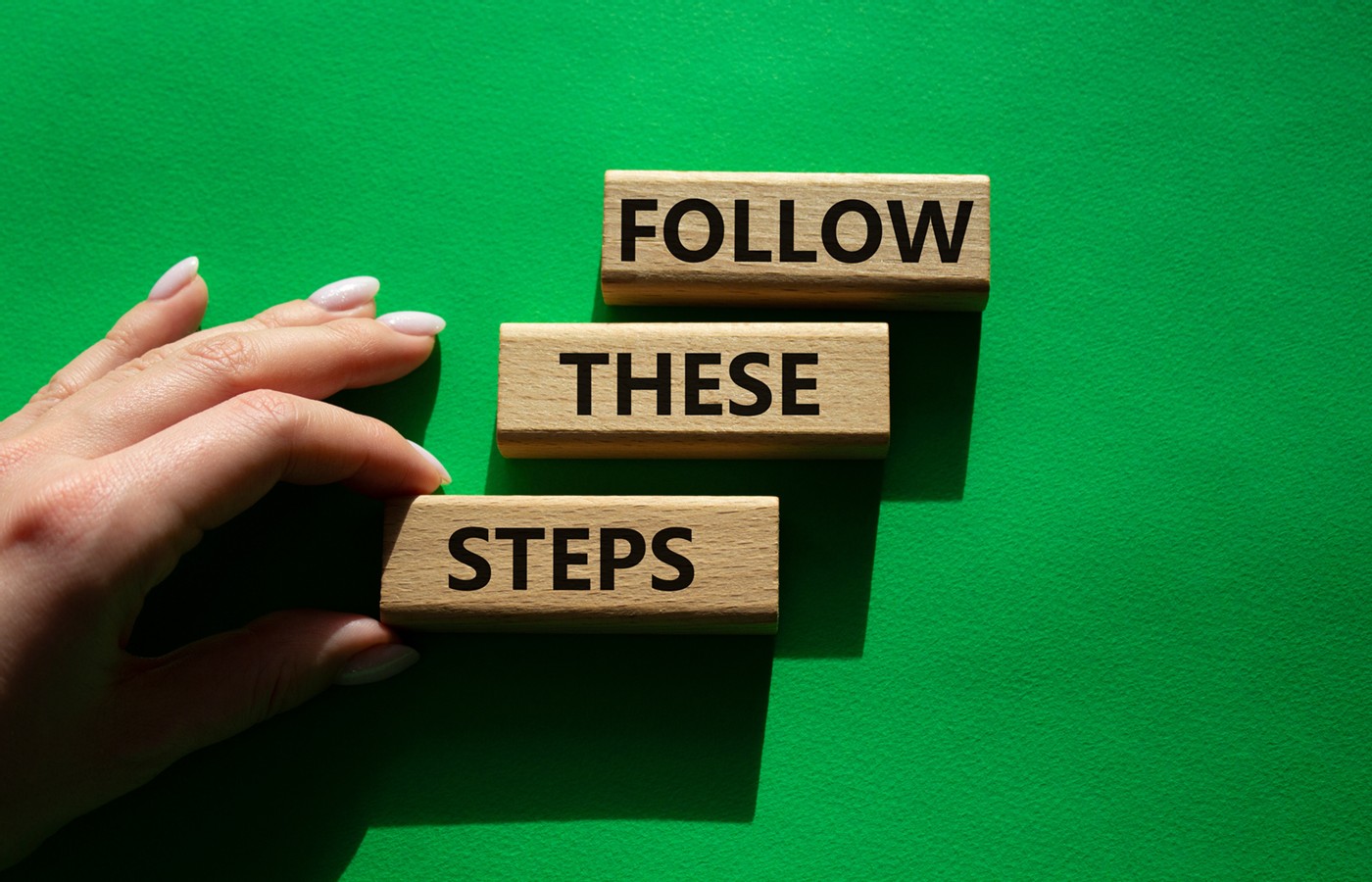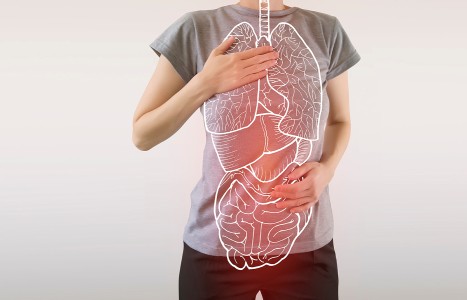Another approach to regulate the Yang Ming / Tai Yin circuit is to use an extraordinary vessel (EOV) approach. EOV treatments can be essential in a long-haul post-viral state, as they can help restore integrity to the body’s energetic system on the deepest level. Various combinations can be helpful; however, combining Chong Mai with Ren Mai is a good place to start, as it can help to regulate the gut (Chong Mai) and the lungs (Ren Mai).
| Digital ExclusiveTreatment Compliance-Adherence in Acupuncture
- Several observations in acupuncture trials and clinical care suggest compliance and adherence are determining factors in effectiveness.
- The acupuncturist and patient should decide on the appropriate acupuncture treatment after a proper discussion that involves talking, listening, repeating, and accepting each other's perspectives.
- Acupuncturists can work together with patients to go through the process of tiao shen to reach the unity state of mind and body – a state meeting the acupuncture level of compliance and adherence.
Compliance is frequently used to describe medication-taking behavior. The definition of compliance is “the extent to which the patient’s behavior matches the prescriber’s recommendations.”1 But little is known about compliance in acupuncture clinical care.
Several observations in acupuncture trials and clinical care suggest compliance and adherence are determining factors in acupuncture effectiveness.2-3 Acupuncturist-patient communication, personalized treatment, feedback on treatment experience and outcomes, as well as indirect regulation of diagnosis and treatment environment on patient's psychology,may influence patient's cognition, expectation, attention, preference, confidence, fear, perceptions and side effects, and facilitate treatment compliance and adherence.2-4
The perceived attitudes of health care providers may change patients’ adherence. It is important for providers to address behavioral issues and provide emotional support, which can be critical in terms of improving compliance, adherence and clinical outcomes.5-6
Taking medicines and receiving treatments according to prescription and recommendation is patient compliance with treatment. Treatment adherence is “the extent to which a person's behavior, taking medication, following a diet, and/or executing lifestyle changes, corresponds with agreed recommendations from a health care provider.”1 In this sense, compliance is more of a passive act, whereas adherence is a proactive behavior.
The Key: Provider / Patient Concordance
Acupuncture treatment compliance and adherence are, or should be, more than just coming to each appointment and being needled. The acupuncturist and patient should decide on the appropriate acupuncture treatment after a proper discussion that involves talking, listening, repeating, and accepting each other's perspectives.
Lin Shu (chapter 9: From Beginning to End) says: “One must be one unity with the spirit. This is the will of the needle.”7 The communication and interaction between the acupuncturist and the patient is a process of refining the qi, mind, intellect, memory, and spirit – tiao shen. Both provider and patient are to be held jointly responsible for compliance, adherence and even concordance.
In the true sense of the process of achieving compliance and adherence during treatment, the patient is an indispensable protagonist. During the acupuncture process, the patient will, based on their own beliefs, personal circumstance, and knowledge base, enter a mind- body integrated state by following the guidance of the acupuncturist.
The language, communication and guidance will appear pale and limited, and even counterproductively bring more tension, when the thoughts of a “to-do” list, or the emotion of sprinting through traffic, still lingers in the patient’s mind and shows on the skin; or when the ability to relax the body, partially or completely, is lost due to the self-protection posture produced by long-term pain of the body.
The Power of Acupuncture
Acupuncture needling can often help both acupuncturist and patient achieve a united state of mind and body. In this state, both the acupuncturist and the patient experience sensations from the needles.
Acupuncturists accept the patient’s tolerance and adjust each needle while breathing, feeling, waiting and following the qi of the patient. Through needling, acupuncturists assist patients in entering a state of relaxation, thoughtlessness, and mind and body integration; a state which is optimal for therapeutic effect.
Ling Shu (chapter 73: Sense and Capabilities) says: “There are the necessities of using the needle; do not forget the spirit”;8 while Su Wen (chapter 25: The Preservation of Health) says: “The key to acupuncture is first of all to concentrate and focus.”9
Needle techniques such as reinforcing-reducing method by respiration;10 opposing-following technique;11 conduct the qi technique;12 needle the distance road method;13-14 needling sequences used in certain acupoint formulas, such as the 13 ghost acupoints;15 and needle and hand coordination, such as rubbing and pressing method used in tonify needling,10 all require the full attention of the acupuncturist, feeling the qi changes of the patient through the needles, guiding the qi through the needle.
Pain and the Patient’s Process of Reaching a Unity State
The IASP definition of pain is: “An unpleasant sensory and emotional experience associated with, or resembling that associated with, actual or potential tissue damage.”16 Feeling pain is the pivot of the physical body and mind. In the process of needling, feeling the needle piercing through the tissues, experiencing “heaviness,” “distention,” “tingling,” “soreness,” - in one word, pain, the patient’s qi-attention-mind-shen travel through the body.
The “painful feeling” creator – the needle – is inserted with a reinforcing-reducing method by respiration. It observes the qi quietly.
Once the qi arrives, the needle follows, assisting the qi and agitating attention. This is the opposing-following and conducting the qi techniques. Eventually, the needle and the painful sensation created by the needle are recognized and accepted mutually by the patient’s body, qi, attention, mind, and shen. In the process, the patient re-recognizes the feeling of being relaxed in a mind-body integrated state; and learns the path of getting there.
This is a personalized process, even different from treatment to treatment. After repeating the process, treatment after treatment, the patient can reach the unity state through the paths learned during treatments in their daily life.
Acupuncturists can work together with patients to go through this process – tiao shen – to reach the unity state of mind and body – a state meeting the acupuncture level of compliance and adherence. As a result, shang gong (superior master) acupuncture care is accomplished.8
References
- Chakrabarti S. What's in a name? Compliance, adherence and concordance in chronic psychiatric disorders. World J Psychiatry, 2014;4(2):30-36.
- Cao H-J, et al. Factors influencing participant compliance in acupuncture trials: an in-depth interview study. PloS One, 2020;15(4):e0231780.
- Bishop FL, et al. Predicting adherence to acupuncture appointments for low back pain: a prospective observational study. BMC Compl Med Ther, 2017;17(1):5.
- Song YC, et al. [The placebo effects of acupuncture and moxibustion.] Zhongguo Zhen Jiu (Chinese Acupuncture & Moxibustion), 2017;37(3):321-324.
- Kretchy IA, et al. A psychosocial perspective of medication side effects, experiences, coping approaches and implications for adherence in hypertension management. Clin Hyperten, 2015;21:19.
- Chesney MA, et al. Adherence to HIV combination therapy. Soc Sci Med, 2000;20(11):1599-605.
- Wu J-N. From Beginning To End (chapter 9). In: Jing-Nuan Ling Shu (The Spiritual Pivot). Washington, DC: The Taoist Center, 1993: p. 47.
- Wu J-N. Sense and Capabilities (chapter 73). In: Jing-Nuan (translated by Wu): Ling Shu (The Spiritual Pivot). Washington, DC: The Taoist Center, 1993: p. 236.
- Ni M. The Preservation of Health (chapter 25). In: M. (translated by Ni): The Yellow Emperor's Classic of Medicine. Boston and London: Shambhala Publications, Inc., 1995: p. 102.
- Ni M. Pathogens (chapter 27). In: M. (translated by Ni): The Yellow Emperor's Classic of Medicine. Boston and London: Shambhala Publications, Inc., 1995: p. 107.
- Wu J-N. Of Nine Needles and Twelve Source Points (chapter 1). In: Jing-Nuan (translated by Wu): Ling Shu (The Spiritual Pivot). Washington, DC: The Taoist Center, 1993: p. 2.
- Wu J-N. The Movement of the Protective Qi (chapter 76). In: Jing-Nuan (translated by Wu): Ling Shu (The Spiritual Pivot). Washington, DC: The Taoist Center, 1993: p. 251.
- Wu J-N. the Roots of the Acupuncture Points (chapter 2). In: Jing-Nuan (translated by Wu): Ling Shu (The Spiritual Pivot). Washington, DC: The Taoist Center, 1993: p. 8.
- Wu J-N. On Governing the Needles (chapter 7). In: Jing-Nuan (translated by Wu): Ling Shu (The Spiritual Pivot). Washington, DC: The Taoist Center, 1993: p. 35.
- Shujing Yu, et al. Therapeutic efficacy of acupuncture at the thirteen ghost points for postpartum depression and its effect on the quality of life. Shanghai J Acu Moxibustion, 2015;34(1):14.
- “IASP Announces Revised Definition of Pain. International Association for the Study of Pain, July 16, 2020.



